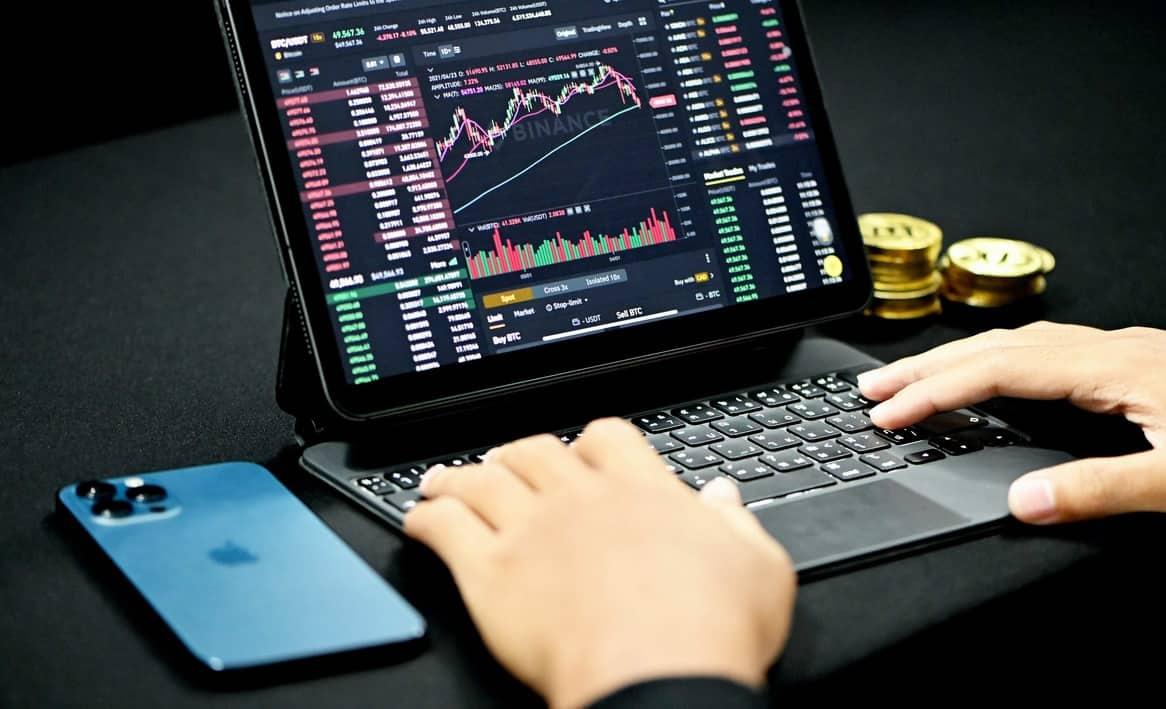Futures and Options (F&O) are a particular kind of trading instrument falling in the category of derivatives. They have gained prominence in stock markets in recent years.
In trading, a derivative is a contract that derives its value from an underlying financial asset. Under F&O trading, the investor doesn’t necessarily have to buy the underlying asset but can gain from its price fluctuations in the market.
How do these work?
These financial contracts are signed at predetermined prices to trade a security in the future. This means that the buyer agrees to purchase derivative (s) at a future date at the decided price. As a result of the contract, the parties strive to minimize the risk involved by hedging against price variations.
Meanwhile, the changes in the market price ascertain the profits or losses, which can go in either direction if the market conditions are not accurately predicted.
The difference
Although both futures & options are known as derivative contracts, there is a significant difference between them. In futures, the buyer has an obligation to buy the underlying stock at the predetermined price when the contract matures, regardless of his ability to earn profit because of the trade.
On the other hand, in the case of options — a trader has a choice to buy or sell the equity any time during the duration of the contract i.e. one has the right but not an obligation to buy or sell the security.
There are two types of options: the ‘call’ option where a trader has an option to buy the stock at the predetermined price anytime during the contract and the ‘put’ option where the trader has the option to sell the stock when it reaches a specific price.
An Illustration
When the price of one unit of share X is ₹50. Two traders A and B get into an option contract for which A pays ₹5 to B and in which, A would have the option of buying one unit of X from B at ₹75 after one month.
This can lead to two scenarios. The market price of X becomes higher than ₹75 or would fall lower than ₹75. If the price becomes higher, say, ₹90 then A would buy the asset because he can buy the unit at ₹75 and sell it for ₹90 in the market. When the cost of ₹5 is taken note of, he would make a profit of ₹10 (90 – 75+5 = 10).
On the other hand, if the market price of X falls to ₹40 then A would let the option lapse because he can buy a unit of X from the market for much less instead of spending an extra ₹35 (75 - 40) to buy from B. However, when he lets the option lapse, he would lose ₹5 that he paid to buy the option.
Since the buyer has an option to opt-out, the loss is limited to only losing the premium paid at the time of signing the contract. Due to this, the risk is comparatively less in options contracts than in futures.
Notwithstanding the differences, these contracts are fundamentally similar as the investor aims to profit from them without paying the full cost upfront.
Both futures and options have considerable risks associated with them. Thorough knowledge of the market and market conditions is highly valuable and one should have a deep understanding of the risks involved before trading.
